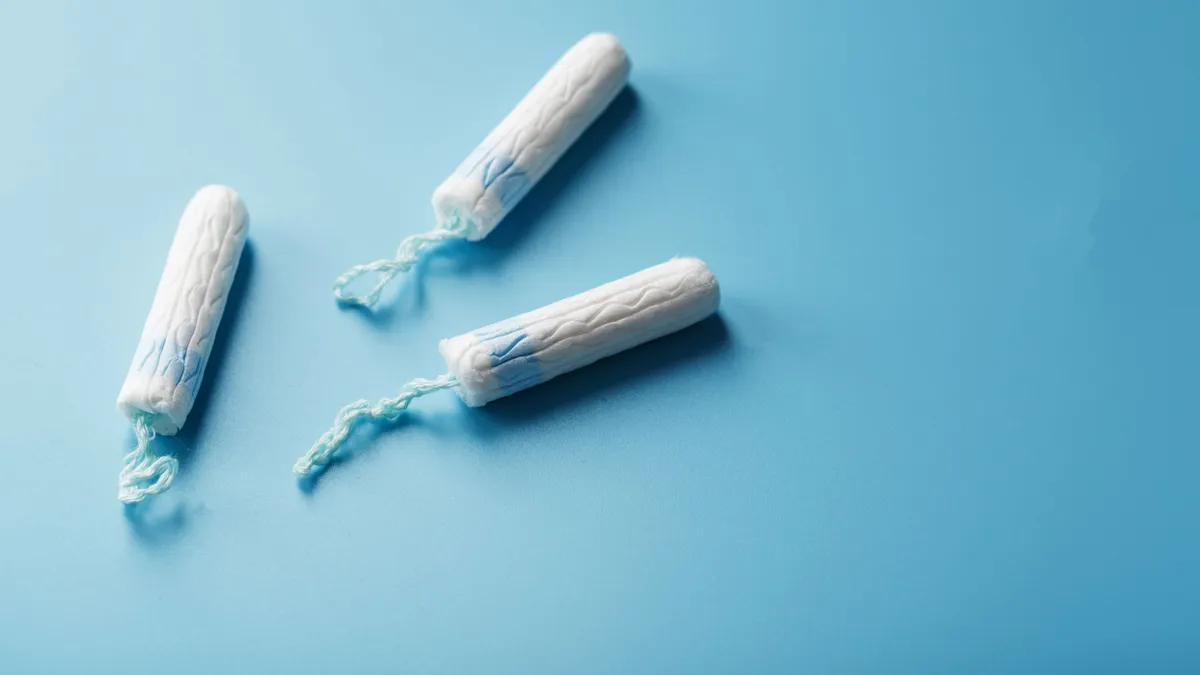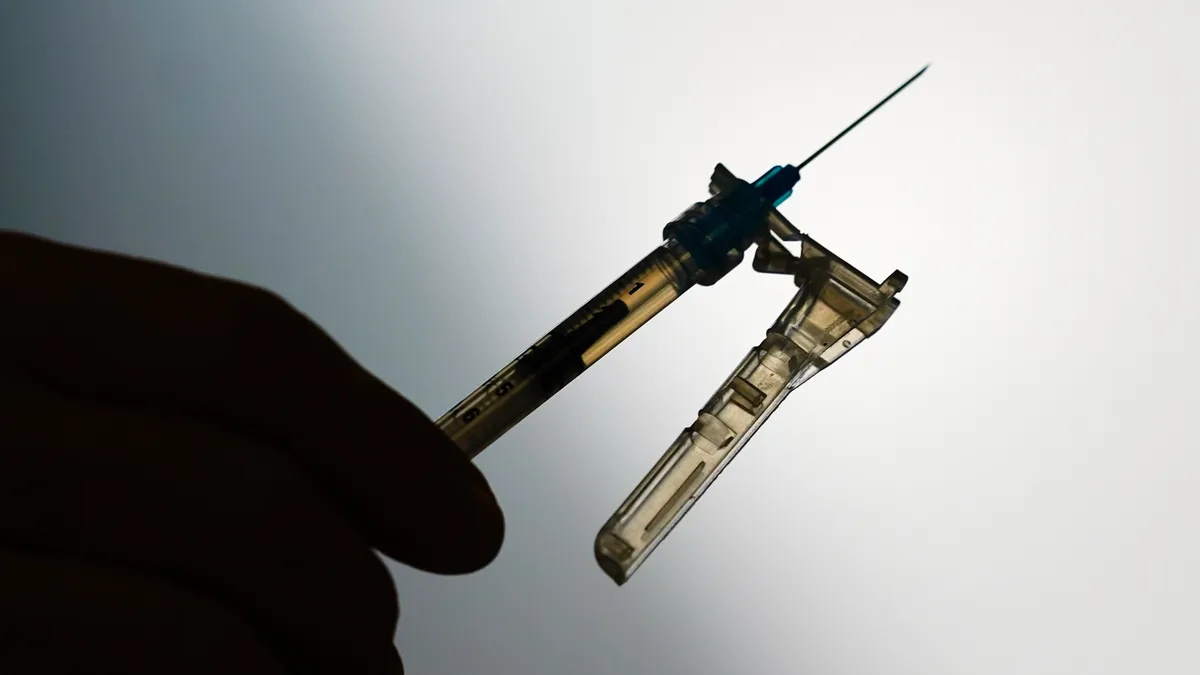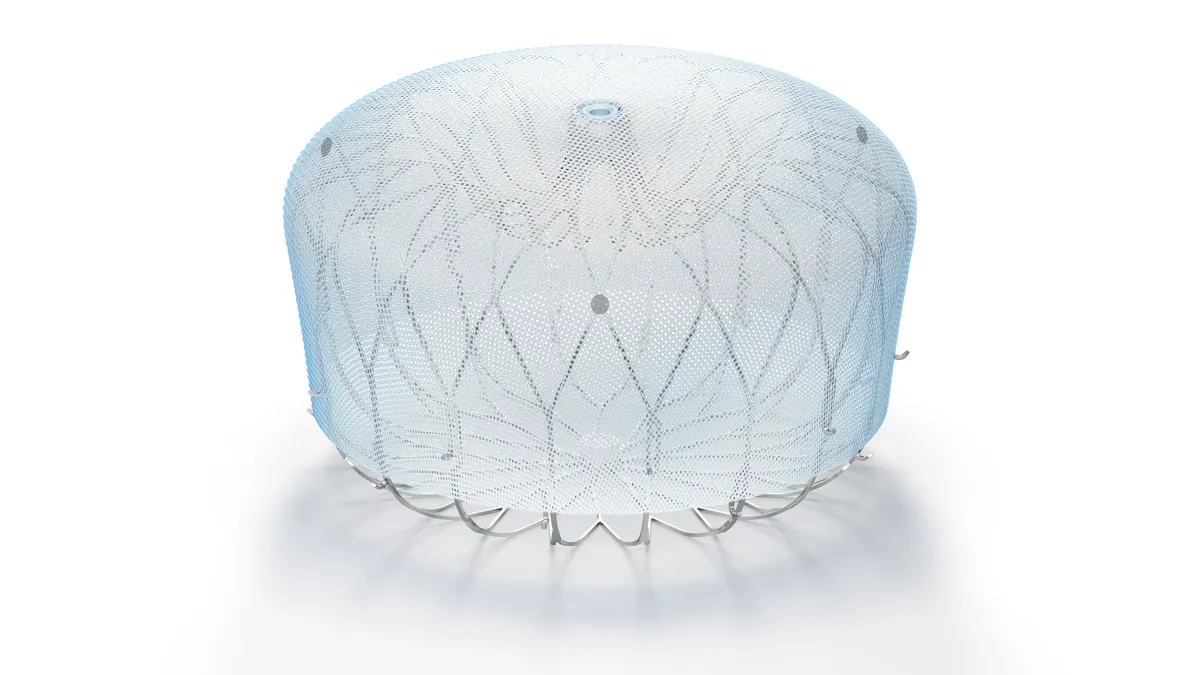Dive Brief:
- The Food and Drug Administration said a literature review found no safety concerns associated with tampon use and contaminant exposure.
- FDA officials commissioned the independent review in September in response to a study that found tampons may expose users to metals. After seeing the findings, the agency continues to recommend FDA-cleared tampons as a safe option for use as a menstrual product.
- The FDA is still running an internal bench laboratory study designed to show if metals from tampon materials are released or absorbed in the body. That study will better enable the FDA to complete a risk assessment, the agency said in a Dec. 23 statement.
Dive Insight:
Leading members of the Democratic Women’s Caucus asked the FDA to address concerns about tampon safety after seeing the results of a study published in the journal Environment International. The study showed measurable concentrations of 16 metals, including lead and arsenic, were present in tampons. The FDA said it was studying metals in tampons shortly after hearing from the lawmakers.
The agency’s response included the commissioning of an independent, systematic, literature review. The FDA published the review in late December, which was performed by International Consulting Associates. The review summarized the findings of nine studies on contaminants in tampons, including metals.
Analyzing the articles enabled researchers to answer questions about the prevalence, levels and types of tampon-related contaminants and health outcomes associated with tampon use. The review concluded “it is unlikely that vaginal tampon use is associated with harmful health outcomes.”
However, the authors also said “additional studies are needed to illuminate the relationships between vaginal tampon use and exposure to contaminants.” The call for further studies reflects the limitations of the available evidence, such as the pooling of different brands of tampons in some studies.
The FDA plans to publish the results of an internal bench laboratory study that is measuring “the amount of metals that may be released from tampon materials under conditions that more closely mimic normal use.” The 2024 Environment International study put tampon samples in a microwave acid digestion system to determine the concentrations of potential contaminants.










